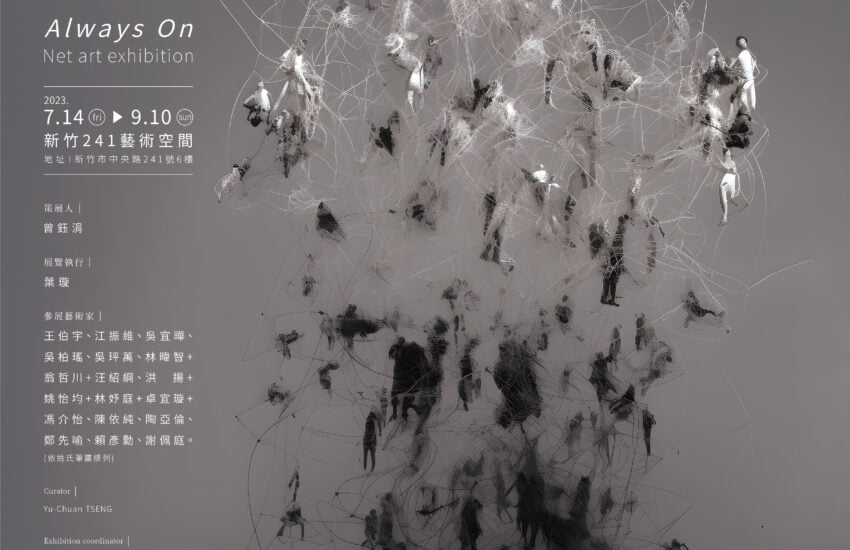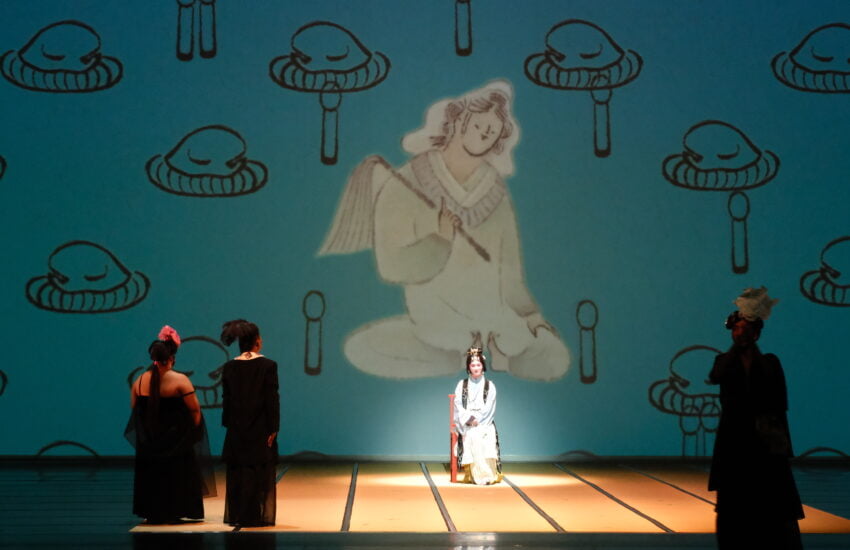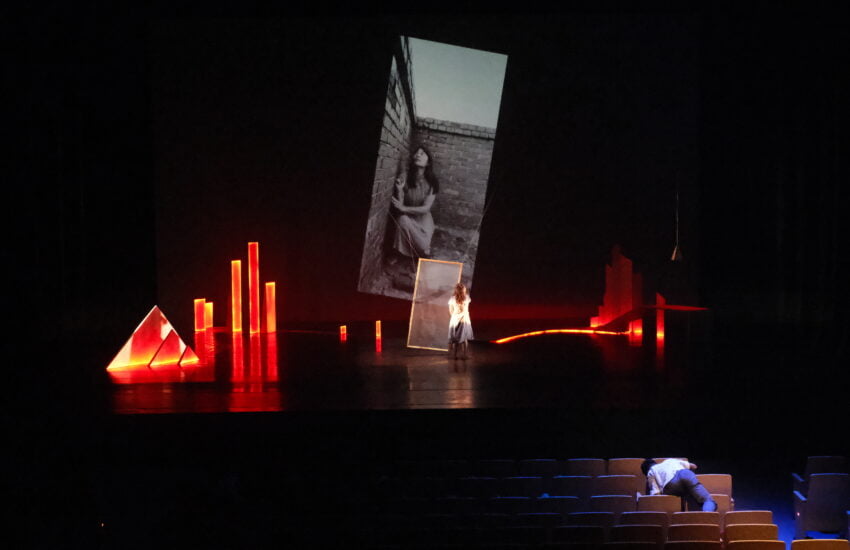It is SHOW Time, 2019 Taipei Art District Festival, Taipei, Taiwan
2019.10.05(六)-2019.11.03(日)
藝術特區主題展:(依英文字母與中文姓氏筆畫排序)
|大觀藝術空間|It’s SHOW Time「身體系統」篇
藝術家:Amalia Ulman、Gregory Chatonsky、王聖傑、倪瑞宏、莊培鑫、曾功達、劉玹希、薛佑廷
|尊彩藝術中心|It’s SHOW Time之「物體意識」篇
藝術家:Gregory Chatonsky、陶亞倫、陳妍伊x黃逸民、郭敬耘、張君懿、黃盟欽、劉寅生
|秋刀魚藝術中心|It’s SHOW Time之「流動風景」篇
藝術家:Erik Zepka 、Gregory Chatonsky、王新仁、林俊賢、林書楷x斐公慶、CG Lab蕭凱文x朱宏國+FBI Lab:孫佳興x盛宜楠x許素珠
文學走讀:藝術BUS與綠洲計畫:(依中文姓氏筆畫排序)
|藝術家:吳芊頤、姜名駿x大橋頭藝術工作室、廖昭豪、糖果鳥
|文學家:吳曉樂、追奇、陳又津、楊婕
AR街道美術館:(依地圖排序)
|藝術家:徐永旭、薩璨如、瓦兒、彭光均、李光裕、楊柏林、楊英風、陳依純、林葆靈、黃敏俊
串連藝術特區展:(依名稱筆畫排序)
双方藝廊、王道銀行、亞洲藝術中心、田奈藝術、采泥藝術、青雲畫廊、索卡藝術中心
———————–
內容生活在數位時代的我們,在虛實交錯的劇場中,主角、配角、布景與道具的關係,呈現流動與不確定的互相演繹的延展性,在交互之間形構出無法言說,一切為真亦是虛的後網路時代展演。It’s Show TIME 討論舞台展演的基本元素:人、物、景、觀,以四個子題「身體系統」、「物體意識」、「流動風景」、「交互關係」,討論人非人、物非物、景非景、觀非觀的虛實劇場。藝術家透過虛實演化與辯證,以纏繞交引與反覆辯證的策略,操弄被視為次要的、偶發的行為,或是本作為陪襯角色的物,創造場景,將舞台上的主角、配角、布景與道具,轉換為主角而非主角,成為真實又非現實,觀眾陷入觀看又非僅是觀看的涉入情緒中,重新建構對事物的認知與想像。 Living in the digital age, we are immersed in a theater of interwoven virtuality and reality, in which the relationship among main characters, supporting characters, sceneries and props is always fluid and uncertain, defined by an extendibility stemming from their mutual interpretation. These elements co-construct an indescribable performance of the post-internet era without a clear distinction between the real and the unreal. It’s SHOW time discusses the fundamental elements of theatrical performance—people, object, scenery and viewing, utilizing four sub-topics – “Body System,” “Object Consciousness,” “Fluid Scenery” and “Interactive Relation” – to explore a theater characterized by both virtuality and reality, through which the definitions of people, object, scenery and viewing are all blurred and destabilized. With the interplay and dialectics of virtuality and reality, the featured artists employ entanglement and the dialectic process as strategies to manipulate secondary, random actions or objects previously used as foils to create the stage scenery. By doing so, the artists transform the main and supporting characters as well as the scenery and props, decentralizing the characters, creating actuality that does not equal reality, immersing the viewers in emotions that push them into and beyond the action of viewing while reconstructing our perception and imagination of things.
It is SHOW Time「身體系統」篇
以人的身體為主體呈現的無身體狀態,身體消失成為流動的「身體系統」,「物體意識」強化敘事的意義,與「流動風景」共創擬造的舞台。「身體系統」討論訊息與符號所創造的,更為真實的身體與物的系統,在虛幻真實的現場中,一起展演的面貌。 In a bodiless state based on the human body as the subject, the disappearing body constitutes fluid “Body System.” “Object Consciousness” reinforces the meaning of narrative, co-creating a stage of fabulation with “Fluid Scenery” and “Interactive Relation.” “Body System” discusses the systems of body and object created by messages and symbols that are more real, exploring their varying aspects in the sites of virtuality and reality.
It is SHOW Time之「物體意識」篇
以「物」為主體的「物體意識」裡,「身體系統」成為重塑與強化敘事的觀看物,在「流動風景」中,物與人,人與空間,空間與物之間的「交互關係」中,實踐異化的虛實世界。「物體意識」討論物體、景觀與身體感知經驗,在挪用與擬造過程中,重新定義的物體意義。 “Object Consciousness” features the subject of “object,” turning “Body System” into the object subjected to viewing that re-shapes and reinforces narratives. In “Fluid Scenery,” “Interactive Relation” between object and people, people and space as well as space and object embodies an alienated world constructed with virtuality and reality. “Object Consciousness” investigates sensory experiences related to object, scenery and body, re-defining the meaning of object in the process of appropriation and simulation
It is SHOW Time之「流動風景」篇
「景」是「人」「物」「觀」的支撐背景,卻是形塑展演與故事意義的氛圍視覺。虛實與記憶疊加建構的「流動風景」,透過「身體系統」與「物體意識」的操演過程,重新思考三者與觀者之間的「交互關係」,意義被重塑與互滲交織,成為建構景觀的一環,是後網路時代的敘事風景。 “Scenery” forms the supporting background for “people,” “object” and “viewing”; however, it also constitutes the visual atmosphere that molds a performance and the meaning of a story. Through the performing process of “Body System” and “Object Consciousness,” “Fluid Scenery” interlaced with and constructed by virtuality and memory re-considers the “Interactive Relation” between the first three elements and the viewers. As meanings are redefined and woven together, they become a link in the construction of scenery, demonstrating the narrative landscape of the post-internet era. Category Title
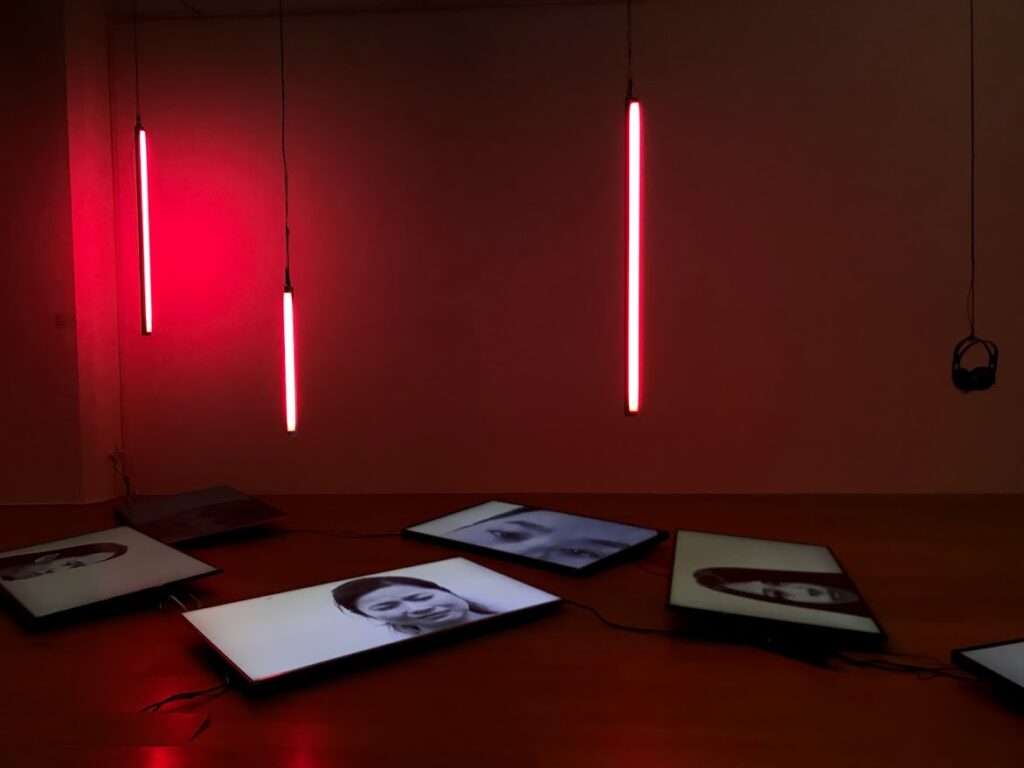
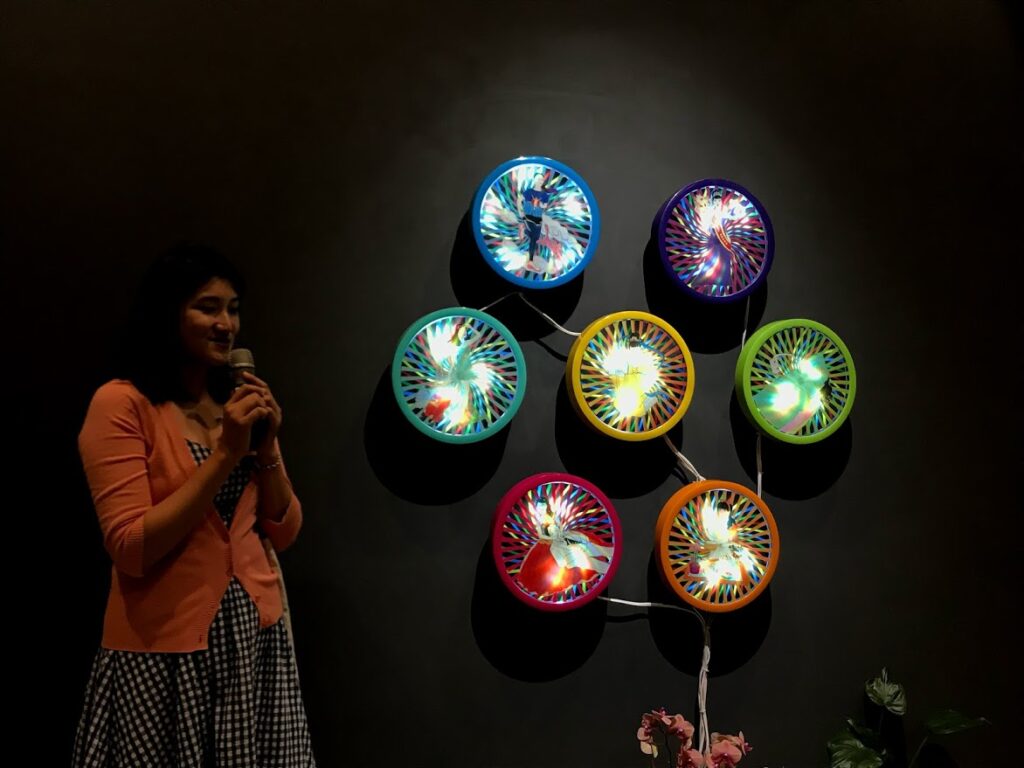
.ai_工作區域1.jpg)
